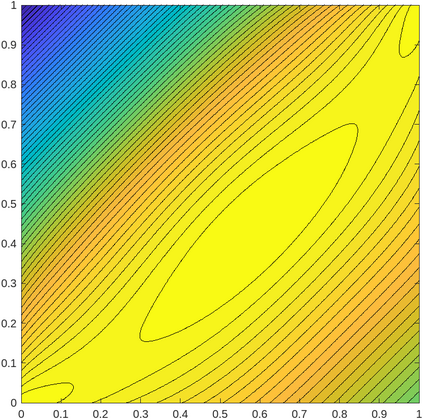Austrin showed that the approximation ratio $\beta\approx 0.94016567$ obtained by the MAX 2-SAT approximation algorithm of Lewin, Livnat and Zwick (LLZ) is optimal modulo the Unique Games Conjecture (UGC) and modulo a Simplicity Conjecture that states that the worst performance of the algorithm is obtained on so called simple configurations. We prove Austrin's conjecture, thereby showing the optimality of the LLZ approximation algorithm, relying only on the Unique Games Conjecture. Our proof uses a combination of analytic and computational tools. We also present new approximation algorithms for two restrictions of the MAX 2-SAT problem. For MAX HORN-$\{1,2\}$-SAT, i.e., MAX CSP$(\{x\lor y,\bar{x}\lor y,x,\bar{x}\})$, in which clauses are not allowed to contain two negated literals, we obtain an approximation ratio of $0.94615981$. For MAX CSP$(\{x\lor y,x,\bar{x}\})$, i.e., when 2-clauses are not allowed to contain negated literals, we obtain an approximation ratio of $0.95397990$. By adapting Austrin's and our arguments for the MAX 2-SAT problem we show that these two approximation ratios are also tight, modulo only the UGC conjecture. This completes a full characterization of the approximability of the MAX 2-SAT problem and its restrictions.
翻译:暂无翻译




